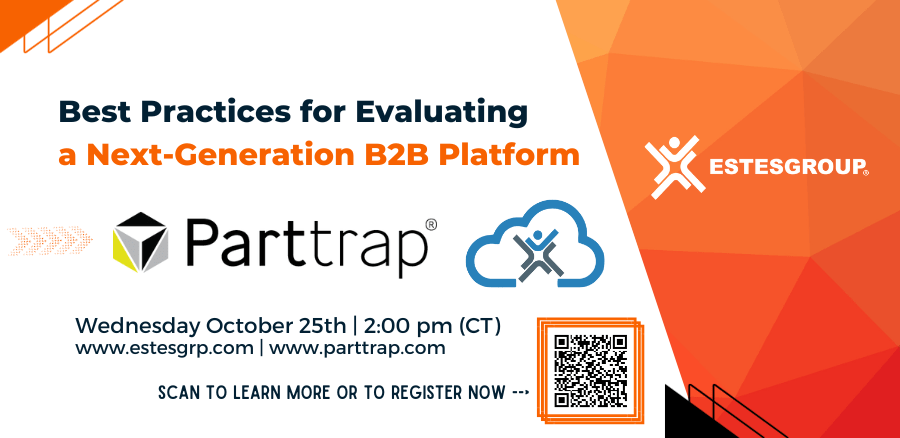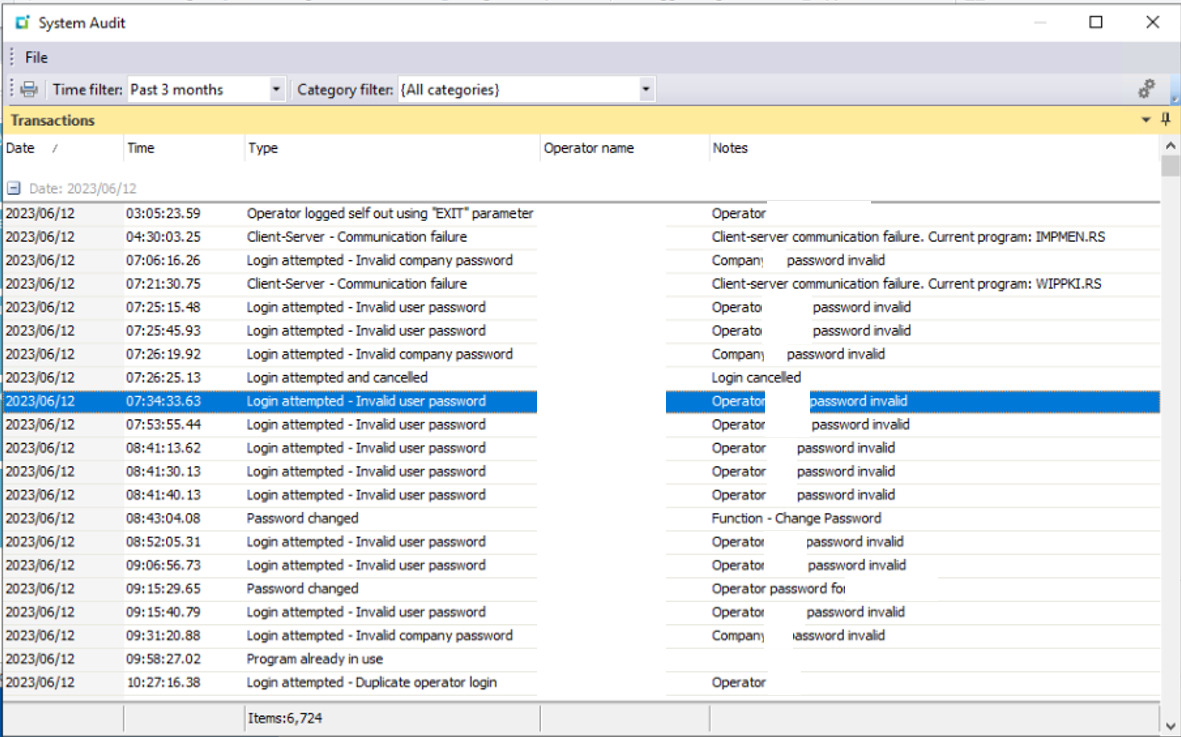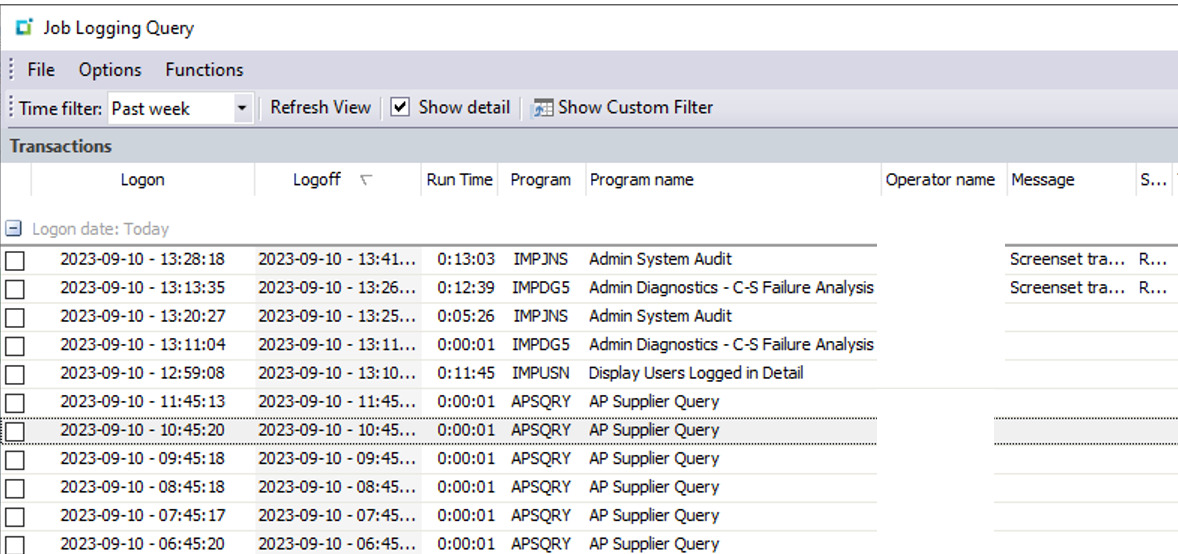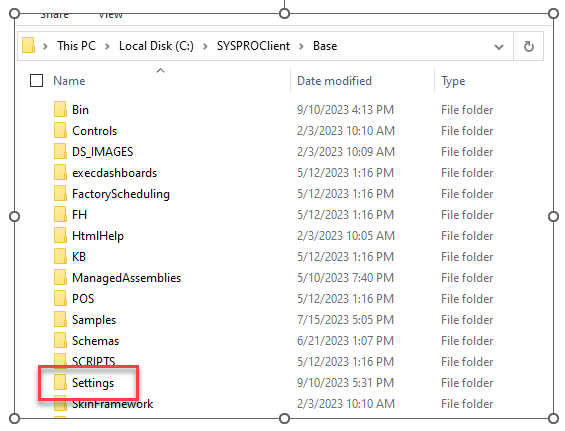
Best Practices for Evaluating a Next-Generation B2B Platform
How to Think about E-Commerce as a Manufacturer
E-commerce continues to be a pivotal topic in the manufacturing world – distributors caught on to e-commerce comparatively quickly, as the demand for streamlined processing became a core competency. But in the manufacturing world, where product complexity is many times greater than the items delivered over traditional distribution channels, the acquisition and fulfillment of complete, complex, and high-dollar products becomes much more complicated.

Manufacturing companies that successfully leverage e-commerce as part of their overall go-to-market strategy do so in a variety of ways and seek to achieve a variety of benefits. That said, I thought it would be beneficial to cover some of the ways in which manufacturing companies are successfully leveraging e-commerce solutions to the benefit of their bottom line and their strategic initiatives.
Expanding Your Spare Parts Business
As a consultant, I once noticed an interesting trend when it came to system configuration – customers routinely spend an inordinate amount of time configuring their ERP system around their finished goods. And then they go live, and we all realize that the vast majority of their orders are not for finished goods but rather for spare parts. In many organizations, these orders amount to a significant revenue stream. Why is that? The margins achieved by service parts, replacement parts, spare parts, and related value streams are generally much higher than they are for finished goods. When a customer is in a bind, their machines are down, and product is not getting out the door, the demand for simple components goes way up, and as a result, the asking price similarly climbs.
To that end, e-commerce systems can streamline the process for finding the right part you need and expediting the fulfillment process, getting the order in the queue, without the need to chase down a customer service rep.
Expedited Warranty Processing
The flip side of the spare parts business is the world of warranty. In these cases, customers need some form of service part to address an issue covered by the original product’s warranty, often at no cost. Deploying your warranty parts to your e-commerce system allows your customer base to get a hold of the parts they need as soon as possible and helps cut down your own warranty costs by reducing the degree of human interaction. The net result is a better overall service offering, without the increase in overhead.
Finished Goods Acquisition
While our discussion has thus far centered on the acquisition of component parts, many manufacturers have extended their e-commerce offerings to include finished goods. I’ve seen customers readily deploy their highly standardized and stocked finished good products to their e-commerce systems, and in doing so, provide another avenue for customer service and order taking. This can be of great value to organizations that cater to both a B2B and B2C community. It can also service the lead-time needs of existing customers – in cases where companies are short-staffed on the order entry / customer service front, an e-commerce connection allows your customer base to get “first in line” when placing an order. In many industries, such a priority can shorten order-to-deliver lead times, which can be of great value to a given customer.
Customer Portal
The ability to stay on top of your orders has become of increasing importance to customers in B2B relationships. This includes but is not limited to orders that were placed online. When a customer places an order, they often expect online status information, to be able to track their orders through the fulfillment process. This can be important both for quick-turn items, where delivery timing is of the essence, or for large, long lead time items, where status at various stages becomes critical to know. E-commerce solutions provide a natural way to provide customers with updates to order status, whether the order was placed online or through a customer service representative. This allows you to provide an easy means of constant status to your customers while saving your own team.
Dealer Interaction
One important customer channel for many manufacturers is the dealer-distributor network. Dealers and distributors are a strange blend of outside sales and end customers, and their needs overlap the two. A goal for many organizations is to make their dealer-distributor network as much an extension of their own organization as possible. How is this done? Through seamless communication, often fostered by an e-commerce-enabled dealer portal. Dealer portals often combine elements of traditional e-commerce with elements that betray the intimacy that dealers need and expect from their manufacturing partners. Are you looking to better service the needs of your dealers and distributors? Give e-commerce a try.
24/7 Customer Service
As you might have noticed, many of the above circumstances have referenced difficulties in getting your order placed. This is surprisingly common, and I am forever shocked and surprised by the challenges many companies have in finding reliable customer service and order processing resources. Customer service is a difficult business, and many workers who might have posted for these roles have found other options. That said, the time it takes for your customers to get their orders into your system and “into the queue” can be a deal maker or a deal breaker.
Providing an easy means to enter orders and get them immediately into the fulfillment cycle can be an enticing option. Also, in our increasingly remote world, where employees routinely look to get tasks done at odd hours, the ability to provide 24/7 customer service can be of great value to many organizations. When your customer is in a pinch due to an emergency or machine downtime, the ability to immediately get in front of you can be of immense value.
Separating the Best from the Rest
As you can see, e-commerce has grown in breadth and depth over the years to cover an increasing number of avenues and solve a variety of problems for customers. But now that we know what a world-class e-commerce solution can do for you, the question remains: what are the best practices for evaluating a world-class e-commerce solution? In our webinar on October 25th, 2023, our friends at Parttrap can help you see what you need to look for when evaluating an e-commerce solution.















